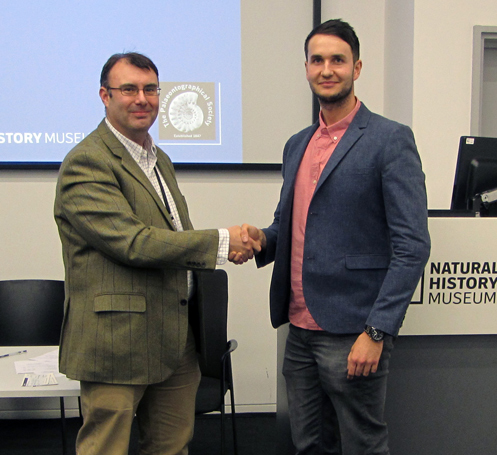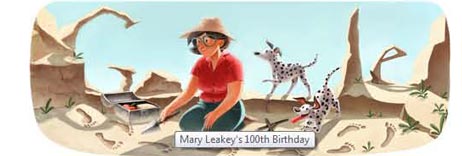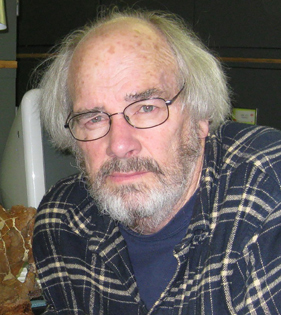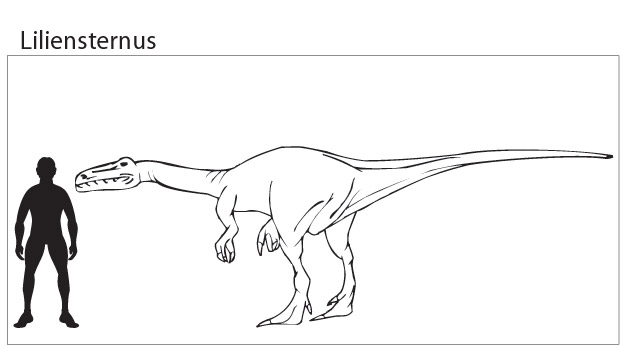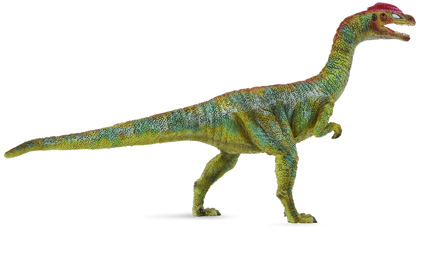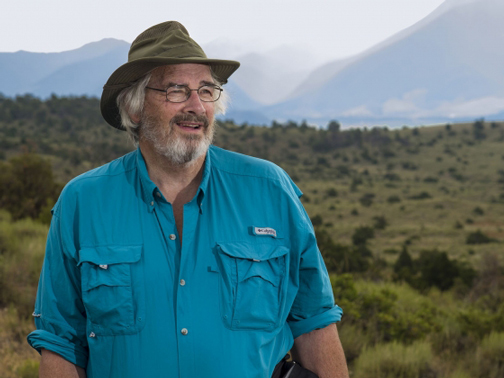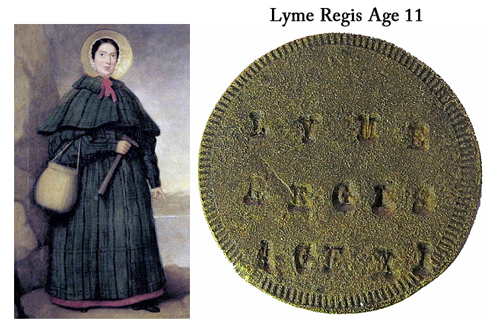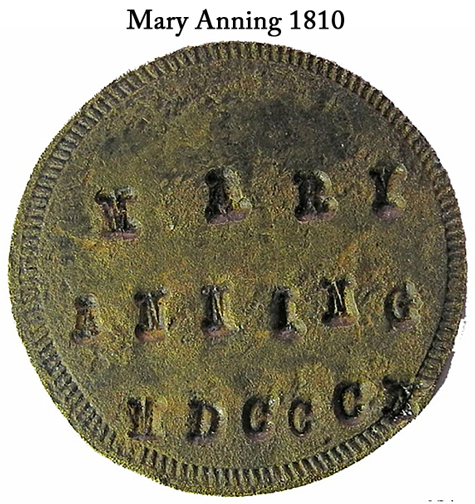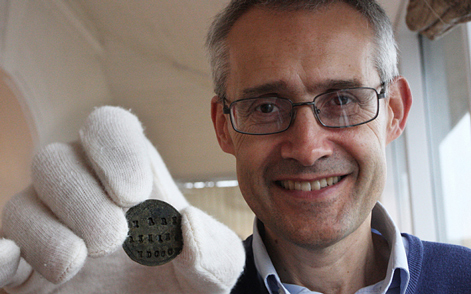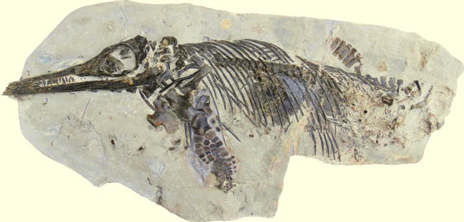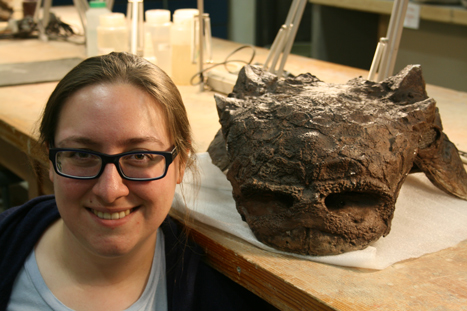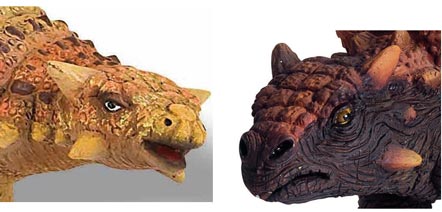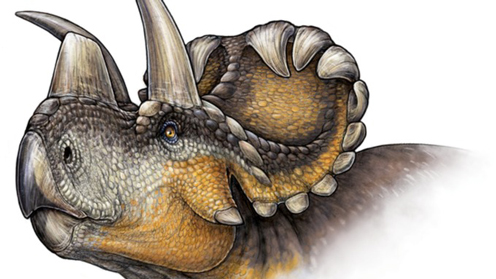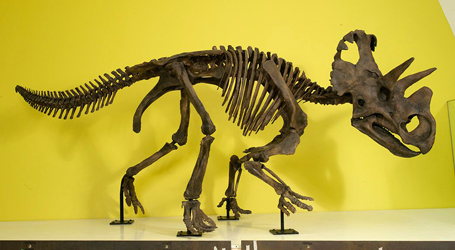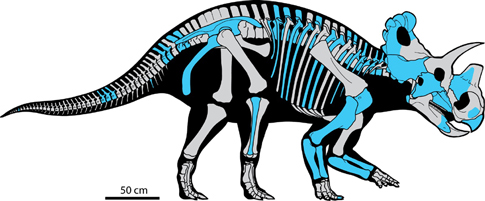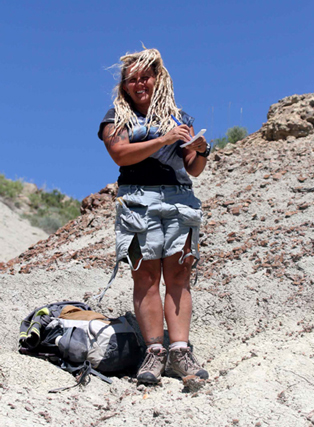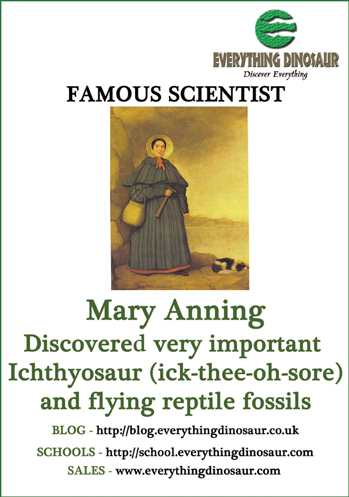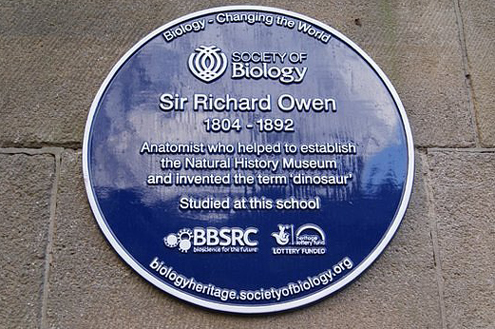Important and influential figures in science or from other related areas concerning dinosaurs and prehistoric animals.
Congratulations to Palaeontologist Dean Lomax
Honorary Scientist at The University of Manchester Wins Award
Palaeontologist Dean Lomax, an honorary scientist at Manchester University has been awarded the prestigious Edward Forbes Prize by the Palaeontographical Society.
Palaeontologist Dean Lomax
This annual award aims to encourage young palaeontologists (or those within ten years of completing their doctorate), and it recognises Dean’s contribution to the advancement of our knowledge about life in the past. Established in 1847, the Palaeontographical Society promotes the publishing of monographs on British fossils as well as supporting taxonomic research into British fossil faunas and floras through its own research fund.
Dr Paul Barrett (President of the Palaeontographical Society) Presents the Award to Dean
Picture: courtesy of Dean Lomax
To visit the website of Dr Dean Lomax: Dr Dean Lomax British Palaeontologist.
It has been a busy twelve months for Dean, at the moment he is in the United States ready to start work on examining the fossils of a new dinosaur, but the Edward Forbes Prize was awarded to Dean principally in recognition for his work on a Jurassic marine vertebrate specimen that once resided in one of those places where one would least expect to make a scientific breakthrough concerning ancient sea creatures – Doncaster, located in the heart of South Yorkshire.
South Yorkshire’s Fossil Heritage
Doncaster may not readily spring to mind when it comes to Mesozoic fossils but a specimen of an Ichthyosaur thought to be replica residing in the collection of the Doncaster Museum and Art Gallery caught Dean’s attention. The sub-adult, “fish lizard” turned out to be a new species and this led to Dean co-authoring a scientific paper on Ichthyosaurus anningae last year. The trivial name honours Mary Anning, the 19th century Lyme Regis-based fossil collector, who coincidently died the same year that the the Palaeontographical Society was founded.
To read more about the discovery of Ichthyosaurus anningae: New Ichthyosaurus Species Honours Mary Anning
This is not the first time that talented Dean has had his research recognised by his peers. Dean has recently received a multitude of awards, including the Marsh Award for Palaeontology (November, 2015), The School of Earth, Atmospheric and Environmental Science (SEAES) Postgraduate Research Student Excellence Award (University of Manchester) – Best Contribution to Society for 2015 (November, 2015) and the Gold Medal (G.J. Mendel Award) – Set for Britain 2015 (March, 2015).
Dinosaurs of the British Isles
Readers of this blog, may already be quite familiar with Dean’s work. Last August, he appeared in the two-part television documentary “Dinosaur Britain”, that explained the role of these islands in the history of dinosaur research. The programmes were largely based on the highly acclaimed book “Dinosaurs of the British Isles” by Dean Lomax and Nobumichi Tamura.
If you have missed out on this excellent book all about British dinosaurs, it can be found here: Purchase “Dinosaurs of the British Isles” Courtesy of Siri Scientific Press
Dean Has Written a Book All About British Dinosaurs
Picture credit: Siri Scientific Press
A spokesperson from Everything Dinosaur stated:
“Congratulations to Dean Lomax, it is always a pleasure to see that research is recognised in this way. Palaeontology is blessed with a myriad of young, dedicated researchers just starting out on their careers and we predict exciting times ahead for Dean and his contemporaries.”
We suspect that Professor Edward Forbes himself, a palaeontologist and ardent supporter of the nascent Palaeontographical Society, would approve of Dean winning the award, after all, Professor Forbes spent much of his life studying the marine biology of the British Isles and he would have been very aware of the Ichthyosaur research undertaken by Conybeare, Georges Cuvier and Richard Owen.
Visit Everything Dinosaur’s award-winning website: Everything Dinosaur.


